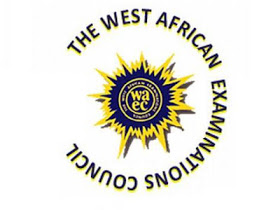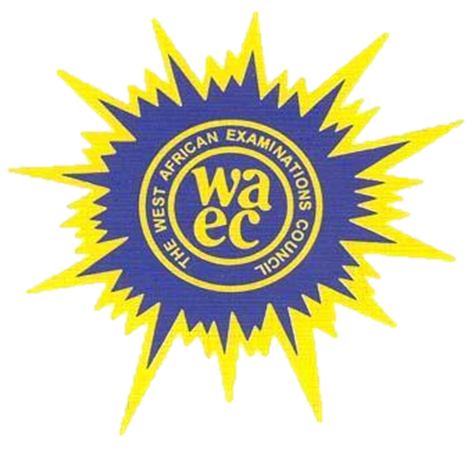NECO 2023 Biology practical Answer – jul/Aug Expo
WELCOME TO AYOSTUFFS BEST EXAM EVER
==================================
KEEP REFRESH THIS PAGE IN EVERY 5MIN
==================================
2023 NECO BIOLOGY PRACTICAL SOLUTION
=========================================
(1a)
Specimen A: Land snail
Specimen B: Toad
Specimen C: Spider
Specimen D: Crayfish
(1aii)
(i) Shells are used as source of calcium for animal feeds.
(ii) Its also serve as a source of animal protein for man.
(1aiii)
TABULATE
=SPECIMEN A=
(i)They have a soft, slimy body with a coiled shell on their back.
(ii) They move by using a muscular foot that glides over a layer of slime they produce.
=SPECIMEN B=
(i)They do not have a shell, but their skin is thick and covered in warts or bumps.
(ii)They have muscular hind legs designed for hopping
(1aiv)
(i) It allows researchers and ecologists to understand its role in the ecosystem
(ii) It aids in conservation efforts and wildlife management.
(1av)
(i) Webbed Feet
(ii) Large Muscular Thighs
(1bi)
(i) Specimen B (Toad): Amphibia
(ii) Specimen C (Spider): Arachnida
(iii) Specimen D (Crayfish): Malacostraca
(1bii)
(i) Eight legs
(ii) Multiple eyes
(1biii)
[img]https://i.imgur.com/BVmrFnQ.jpeg[/img]
(1biv)
(i) Camouflaged exoskeleton
(ii) Paddle-like appendages
(iii) Sensory adaptations
========================================
(2ai)
E: Spirogyra filaments.
F: Mucor/Rhizopus.
G: Groundnut seedling (A week old).
H: Maize seedling (A week old).
I: Microscope.
J: Slide (plain).
(2aii)
E habitat: Freshwater.
F habitat: Damp and decaying organic matter.
(2aiii)
E mode of nutrition: Autotrophic (photosynthesis).
F mode of nutrition: Saprophytic (absorbing nutrients from dead organic matter).
(2iv) One reason for classifying E in (2aii) is its habitat in freshwater.
(2b) Mount E and F separately on J and use I to observe the setup.
(2bi)
Observable features of E:
1. Green coloration.
2. Long, filamentous structure.
3. Presence of chloroplasts.
Observable features of F:
1. Fuzzy, cotton-like appearance.
2. Rapid growth and spreading.
3. Formation of sporangia.
The observed color of E is green, and its role in life is photosynthesis.
Colour: Green
Role: Photosynthesis
(2ci)
Class of G: Angiospermae (Dicotyledonae).
Class of H: Angiospermae (Monocotyledonae).
2cii) Germination in G: Hypogeal germination
Germination in H: Epigeal germination
2ciii) Venation in G: Parallel venation
Venation in H: Parallel venation
(3ai)
K - Pigeon
L - Agama lizard
M - Rat
N - Tilapia
(3aii)
(i) Agama lizards have a strong elongated jaw with sharp teeth adapted for capturing and consuming their prey.
(ii) They have eyes positioned on the sides of their head providing them with a wide field of vision to detect predators and prey.
(iii) Agama lizards have ear openings on the sides of their head allowing them to detect sounds and vibrations in their environment.
(iv) Some species of Agama lizards have a prominent dorsal crest that runs along the length of their head and neck which may serve as a display feature during courtship or territorial disputes.
(3bi)
(PICK ANY FIVE)
(i) Pigeons have a sleek and aerodynamic body shape that reduces air resistance and allows for efficient flight.
(ii) They possess strong pectoral muscles that enable rapid and sustained wing beat for flight.
(iii) Pigeons have lightweight and hollow bones that reduce their overall body weight making it easier for them to fly.
(iv) Their respiratory system including air sacs allows for a continuous flow of oxygen during flight providing them with the necessary energy.
(v) Pigeons have exceptional eyesight enabling them to navigate and find food sources while in flight.
(vi) Pigeons have a remarkable ability to return to a specific location from far distances which is believed to be due to their exceptional navigational skills.
(vii) Pigeons have specialized feathers that provide control and stability during flight as well as insulation and protection from the elements.
(3bii)
TABULAR FORM
-SPECIMEN K-
(PICK ANY TWO)
(i) Wings
(ii) Beak
(iii) Feathers
(iv) Legs and feet
-SPECIMEN L-
(PICK ANY TWO)
(i) Limbs
(ii) Scales
(iii) Tail
(iv) Jaws and Teeth
(3ci)
(PICK ANY TWO)
(i) Beak and Jaw Structure
(ii) Body Shape and Posture
(iii) Wing and Limb Adaptations
(iv) Coloration and Camouflage
(v) Visual and Auditory Perception
(3cii)
Check the diagram below
NOTES AYOSTUFFS.BLOGSPOT.COM SEND ALL ANSWER
EXPOS EARLIER THAN OTHERS




Comments
Post a Comment